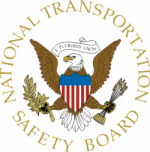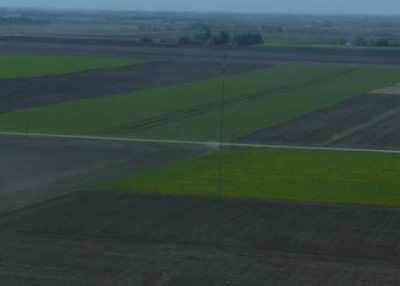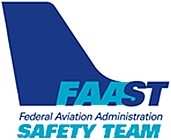Tue, Mar 22, 2011
Pilots Urged To Be Vigilant In Avoiding Low Structures
The NTSB has issued a "Safety Alert" to warn pilots about the
potential dangers posed by Meteorological Evaluation Towers (METs).
The towers are used to measure wind speed and direction during the
development of wind energy conversion facilities. METs are made
from galvanized tubing (or other galvanized structure) with a
diameter of 6 to 8 inches and are secured with guy wires that
connect at multiple heights on the MET and anchor on the
ground.

Many METs fall just below the 200-foot FAA threshold for
obstruction markings. They can also be erected quickly and without
notice to the local aviation community, depending upon their
location. Because of their size and color, pilots have reported
difficulty seeing METs from the air. Therefore, METs could
interfere with low-flying aircraft operations, including those
involving helicopter emergency medical services, law enforcement,
animal damage control, fish and wildlife, agriculture, and aerial
fire suppression.
The NTSB has investigated several fatal accidents involving
aircraft collisions with METs:
- On January 10, 2011, a Rockwell International S-2R, N4977X,
collided with a MET during an aerial application in Oakley,
California.
- On May 19, 2005, an Air Tractor AT-602, N9017Z, collided with a
MET that was erected 15 days before the accident in Ralls,
Texas.
- On December 15, 2003, an Erickson SHA Glasair, N434SW, collided
with a MET near Vansycle, Oregon.

MET Tower FAA Photo
While Wyoming and South Dakota have implemented requirements for
METs to improve the safety of low-flying aircraft, not all states
have such requirements for METs. (Wyoming maintains an online
database of METs and requires all METs to be registered and marked
so that they are visible from a distance of 2,000 feet. South
Dakota requires that METs be marked.)
The FAA has issued an NPRM (docket number FAA-2010-1326) to
update Advisory Circular (AC) 70/7460-1K to recommend the marking
of METs. However, the NTSB is concerned that the application of the
AC is voluntary, and, without mandatory application and marking
requirements for METs, many METs will still be constructed without
notice to the aviation community and will fail to be marked
appropriately.
The NTSB recommends that pilots operating low-flying
aircraft:
- Maintain vigilance for METs when conducting low-altitude
flights.
- If you locate a MET in your area, let other pilots know about
the location of the MET.
- Encourage the marking of METs in your area.

FAA Safety Team members are also exploring methods of notifying
pilots of the location and height of METs and are working to
educate MET owners, builders, and communities on the flight-safety
issues presented by METs.
More News
Option Approach An approach requested and conducted by a pilot which will result in either a touch-and-go, missed approach, low approach, stop-and-go, or full stop landing. Pilots >[...]
"Emirates is already the world's largest Boeing 777 operator, and we are expanding our commitment to the program today with additional orders for 65 Boeing 777-9s. This is a long-t>[...]
(Pilot) Reported That There Was A Sudden And Violent Vibration Throughout The Airplane That Lasted Several Seconds Analysis: The pilot was returning to his home airport at an altit>[...]
“This recognition was evident during the TBMOPA Annual Convention, where owners and operators clearly expressed their satisfaction with our focus on customer service, and enc>[...]
Overhead Maneuver A series of predetermined maneuvers prescribed for aircraft (often in formation) for entry into the visual flight rules (VFR) traffic pattern and to proceed to a >[...]
 ANN's Daily Aero-Term (11.19.25): Option Approach
ANN's Daily Aero-Term (11.19.25): Option Approach Aero-News: Quote of the Day (11.19.25)
Aero-News: Quote of the Day (11.19.25) NTSB Final Report: Sting Sport TL-2000
NTSB Final Report: Sting Sport TL-2000 Aero-News: Quote of the Day (11.20.25)
Aero-News: Quote of the Day (11.20.25) ANN's Daily Aero-Term (11.20.25): Overhead Maneuver
ANN's Daily Aero-Term (11.20.25): Overhead Maneuver





